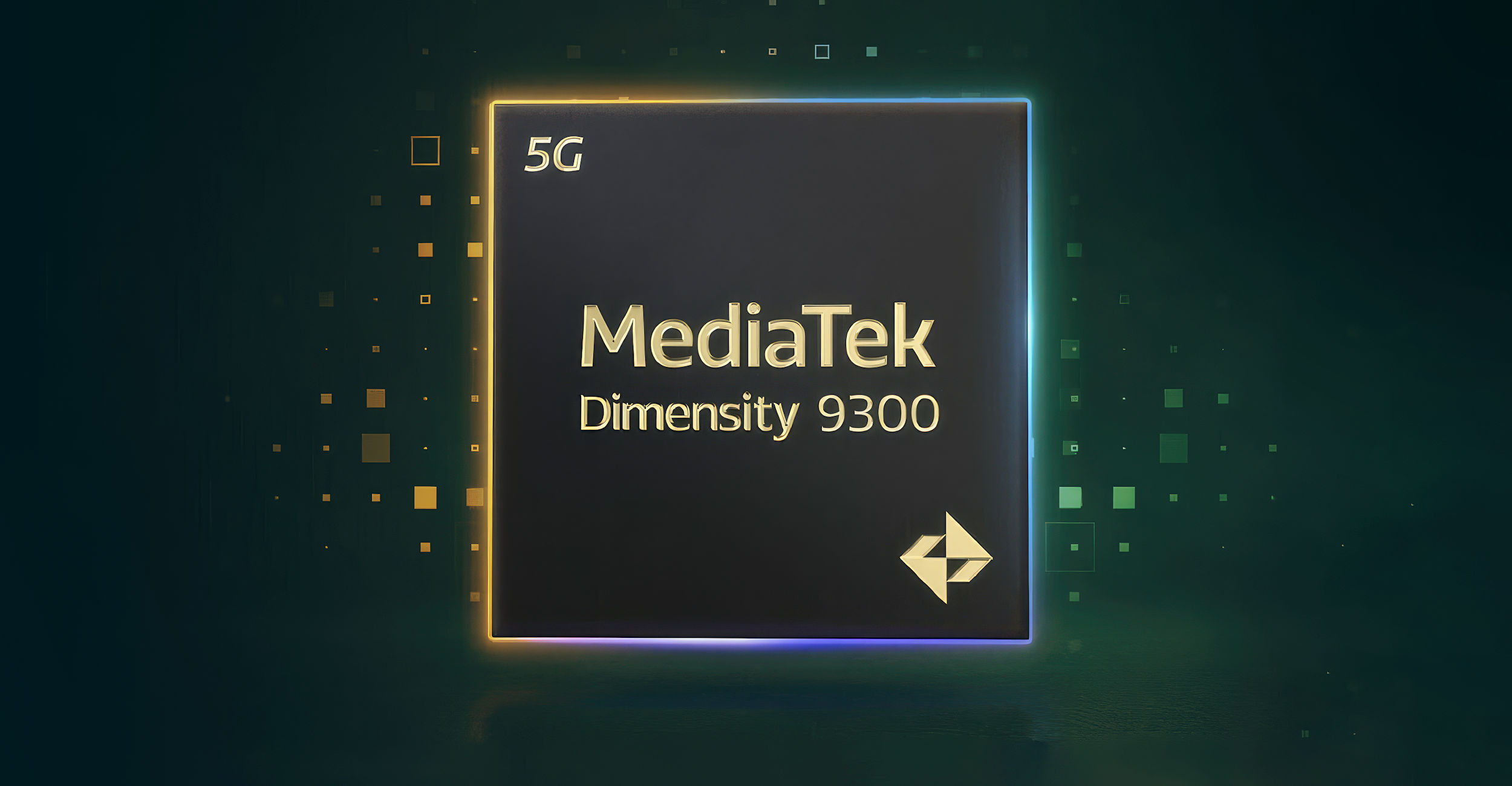
In the evolving landscape of smartphone technology, industry leaders like Google and chip giant Qualcomm are heralding 2024 as the year of on-device AI. MediaTek, a major player in producing the silicon that powers millions of phones and smart devices, recently emphasized the transformative potential of generative AI for mobile experiences at its annual Executive Summit.
The advantages of incorporating generative AI on phones are manifold, with the promise of more personalized answers and quicker suggestions compared to traditional cloud-based solutions. While the technology is expected to significantly enhance phone capabilities, specific use cases are starting to materialize. David Ku, MediaTek’s Chief Financial Officer, highlighted a noteworthy example involving Vivo’s upcoming phone, which boasts a feature capable of recording, transcribing, and summarizing meetings directly on the device. This on-device processing ensures the confidentiality of sensitive discussions, eliminating the need to upload recordings to the cloud.
Qualcomm, a rival chipmaker, has also embraced the on-device AI trend, integrating generative AI capabilities directly into chips set to power the next wave of premium Android phones, including the Xiaomi 14. Both companies envision the technology’s potential to offer highly personalized suggestions by analyzing user behavior patterns and facilitating image manipulation, such as expanding photos beyond their original boundaries.
Adding to MediaTek’s innovative lineup is the introduction of Redcap (short for “reduced capacity”) 5G modems and chips. Designed to support devices with lower data loads, such as smart home devices, earbuds, and accessories, these advancements lay the foundation for enhanced communication among a broader array of devices used by individuals and businesses. MediaTek’s recent announcements mark a modernization of existing technology, propelling us further into the connected future that has been anticipated for years.
Exploring the Uncharted Territory of On-Device Generative AI
In the ever-evolving landscape of smartphone technology, the concept of on-device generative AI has emerged as a potential game-changer. This shift, anticipated by major players like Google and Qualcomm for the year 2024, promises a host of benefits, including faster and more personalized answers than traditional cloud-based solutions. Yet, the specific ways in which this technology will revolutionize phones remain somewhat elusive.
Unlocking Innovative Features: A Glimpse into the Possibilities
David Ku, MediaTek’s Chief Financial Officer, sheds light on potential generative AI features, offering tantalizing glimpses into the future of smartphone capabilities. From scrubbing unwanted objects in photos, akin to Google’s Magic Eraser, to auto-drafting text for social media posts accompanied by images, the possibilities are intriguing. Ku also envisions generative AI enhancing personal assistant features, providing contextual suggestions such as alerting you to send a message if you’re running late or notifying you of urgent emails when your phone is on mute.
Inside MediaTek’s New Phone Chips: Powering the Future of AI
MediaTek introduces two new phone chips, the Dimensity 9300 for top-end phones and the Dimensity 8300 for less premium devices, both equipped with on-device generative AI. While detailed performance information is available for the Dimensity 9300, showcasing impressive capabilities such as generating images using Stable Diffusion in less than one second and running AI models with 7 billion parameters per second, the metrics for the Dimensity 8300 are equally noteworthy. This lower-end chip can handle language learning models with up to 10 billion parameters, emphasizing MediaTek’s commitment to diverse AI applications.
Navigating Challenges: Authentication and Beyond
As the industry navigates this new frontier, challenges arise, including concerns about the potential misuse of generative AI for creating fake images and misinformation. MediaTek, echoing Qualcomm’s approach, collaborates with partners to introduce digital watermarking for authentication, ensuring the integrity of images altered or created with generative AI. Ku emphasizes the importance of establishing meaningful benchmarks for generative AI capability, acknowledging the ongoing collaborative efforts within the industry.
Beyond Phones: The Future Landscape of Generative AI
MediaTek envisions the expansive potential of generative AI extending beyond smartphones. With an eye on the automotive space, the company explores possibilities where generative AI, coupled with outer cameras, could identify objects on the road and assist drivers with gesture-based interactions. From recognizing signs of drowsiness to providing real-time updates on traffic conditions, the integration of generative AI in cars opens new horizons for safety and convenience.
Note: The information presented is based on statements made by David Ku, MediaTek’s Chief Financial Officer, and reflects the company’s vision and advancements in the field of on-device generative AI.




